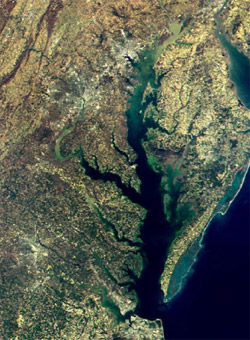Federal Regulations
1972- Clean Water Act
Source: The Environmental Protection Agency (www.epa.gov) 1987- Section 117
Source: The Chesapeake Bay Foundation 2009- The Chesapeake Clean Water and Ecosystem Act (to be passed 2010/2011)
Source: The Chesapeake Bay Foundation |
 |
